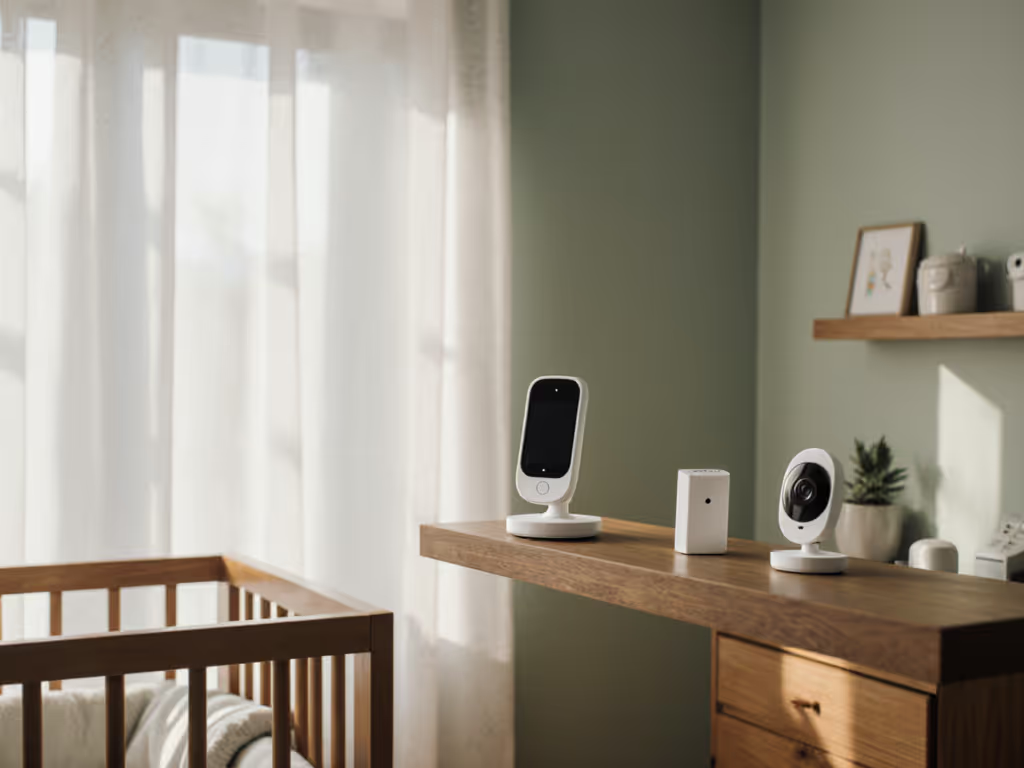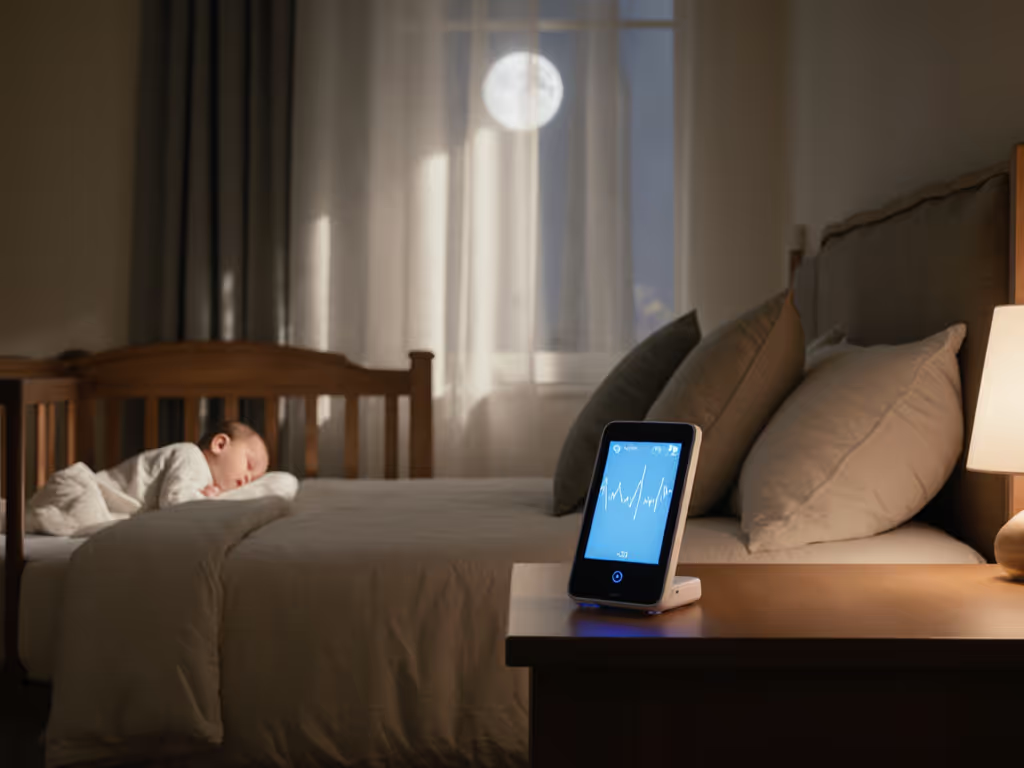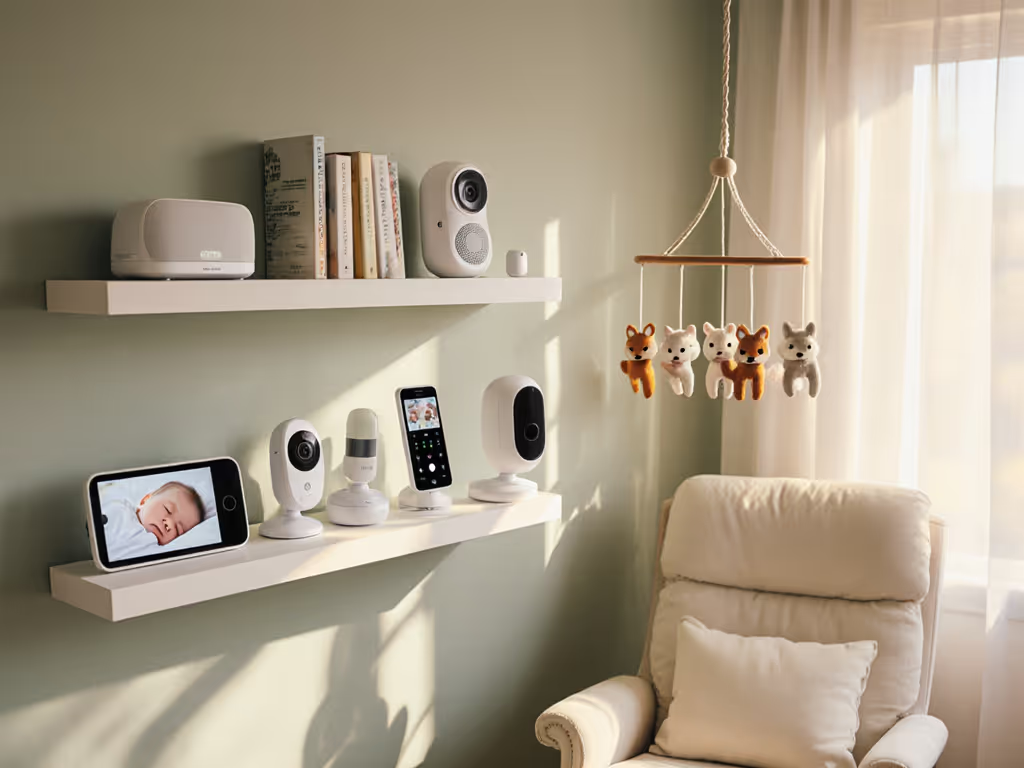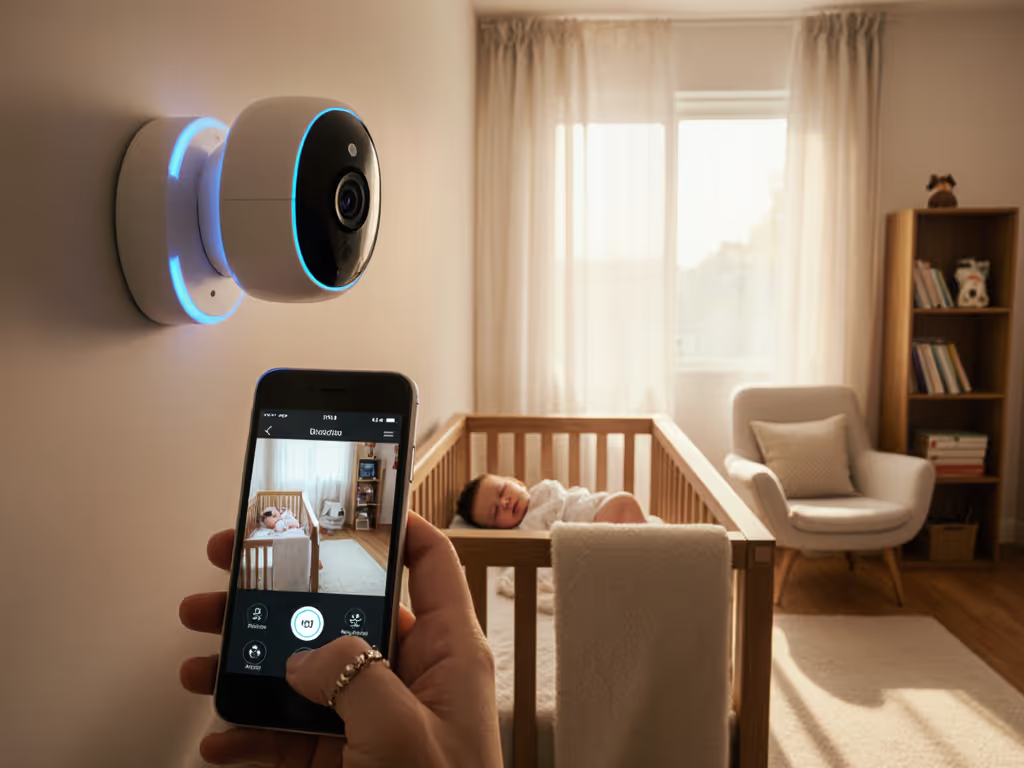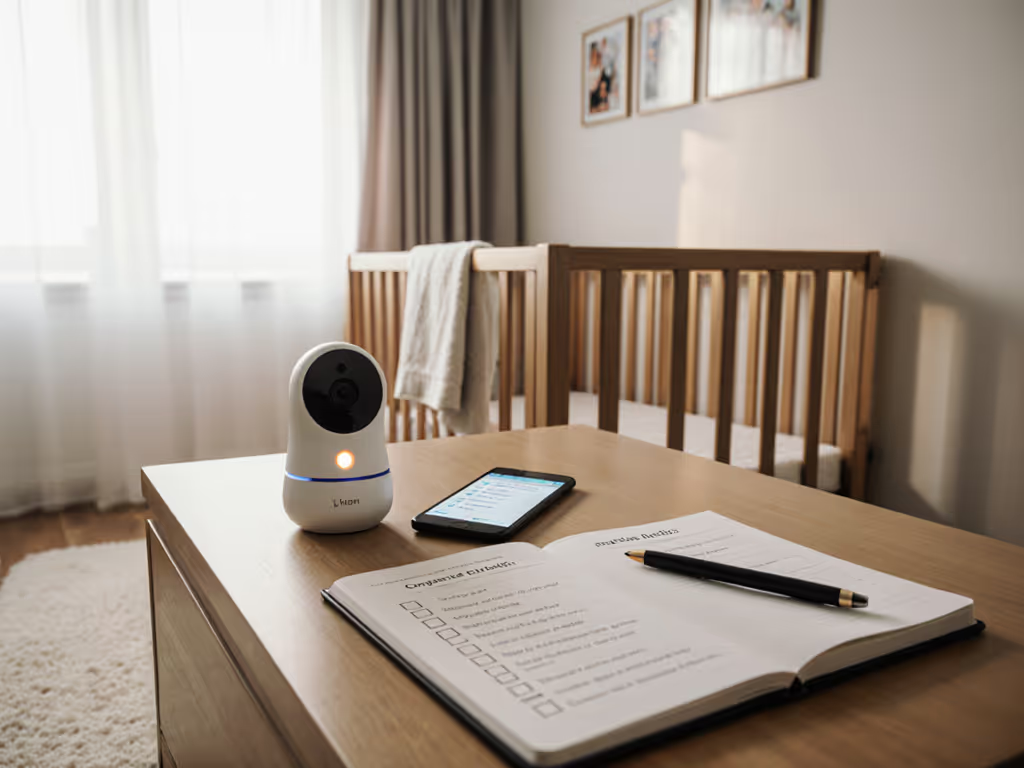
Complete Guide to the Role of WiFi in Monitoring
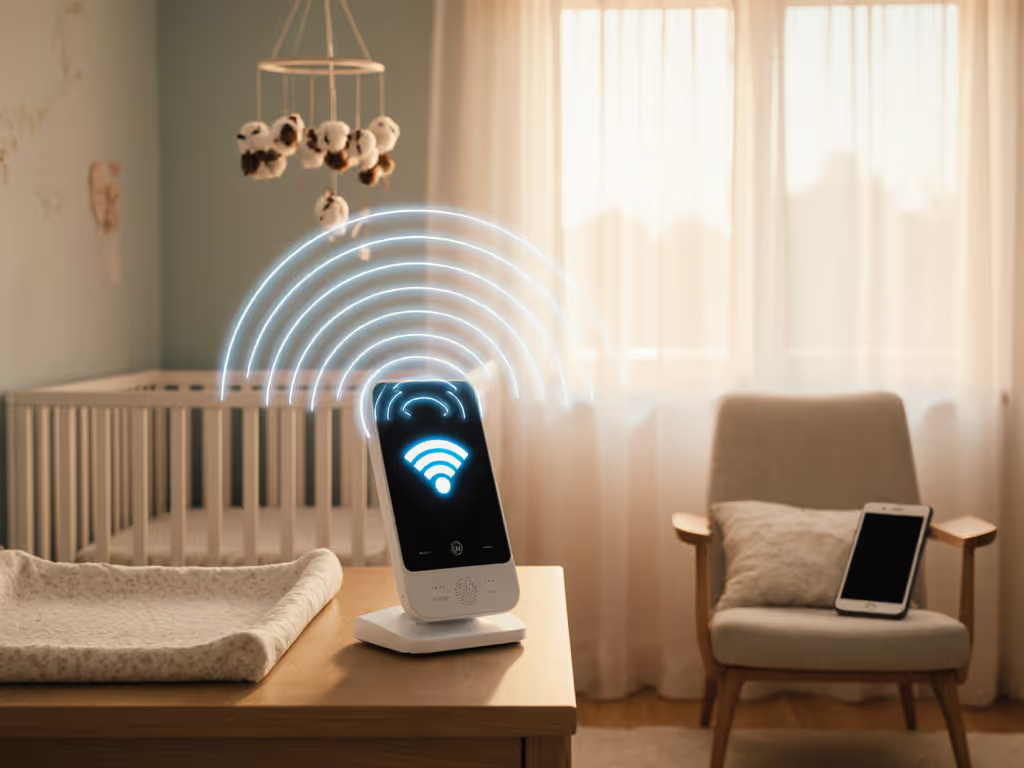
Did you know that over 70 percent of modern homes now rely on WiFi networks for daily monitoring and smart device management? As wireless technology becomes part of everyday life, understanding how WiFi shapes home monitoring can make a real difference for families and property owners. Smart WiFi systems track more than just devices, offering ways to manage energy use, spot unusual activity, and keep living spaces safe while respecting privacy.
Key Takeaways
| Point | Details |
|---|---|
| WiFi Monitoring Advantages | Offers non-invasive data collection with wide area coverage, enhancing privacy and reducing hardware costs compared to traditional methods. |
| Comparison with Local Systems | WiFi-enabled monitors provide remote access and scalability, while local systems excel in privacy and low upfront costs. |
| Operational Mechanism | Utilizes channel state information to detect human movement and environmental changes without direct contact or intrusive sensors. |
| Privacy Concerns | Raises significant privacy risks, necessitating robust security measures, clear user consent policies, and transparent data handling practices. |
Defining the Role of WiFi in Monitoring Systems
WiFi-based monitoring systems are transforming how we track, understand, and interact with our home environments. These sophisticated networks leverage existing wireless infrastructure to provide comprehensive insights without requiring extensive additional hardware.
At its core, WiFi monitoring represents a seamless technological approach to gathering real-time data across residential and commercial spaces. Unlike traditional monitoring methods that rely on dedicated cameras or intrusive sensor networks, WiFi solutions tap into the wireless signals already present in most modern buildings. Researchers have discovered that these systems can capture nuanced behavioral patterns and environmental changes with remarkable precision.
Key advantages of WiFi monitoring include:
- Wide area coverage with minimal physical installation
- Non-invasive data collection techniques
- Ability to track multiple parameters simultaneously
- Reduced infrastructure and hardware costs
- Enhanced privacy compared to camera-based systems
The technological landscape reveals that WiFi monitoring goes far beyond simple surveillance. These intelligent systems can provide detailed energy consumption feedback, track occupancy patterns, detect unusual activities, and even contribute to more efficient home management. By intelligently analyzing wireless signals, these networks transform raw data into actionable insights that help homeowners make informed decisions about their living spaces.
WiFi-Enabled Monitors Versus Local Options
WiFi-enabled monitors and local monitoring systems represent two distinct approaches to tracking and understanding home environments, each with unique strengths and potential limitations. Understanding the key differences can help parents and caregivers choose the most appropriate solution for their specific needs.
Local monitoring options typically rely on direct, point-to-point connections that operate within a confined physical space without internet dependency. These systems often provide immediate, secure communication through dedicated hardware like closed-circuit cameras or direct-signal baby monitors. They excel in scenarios where privacy is paramount and internet connectivity might be unreliable or unavailable.
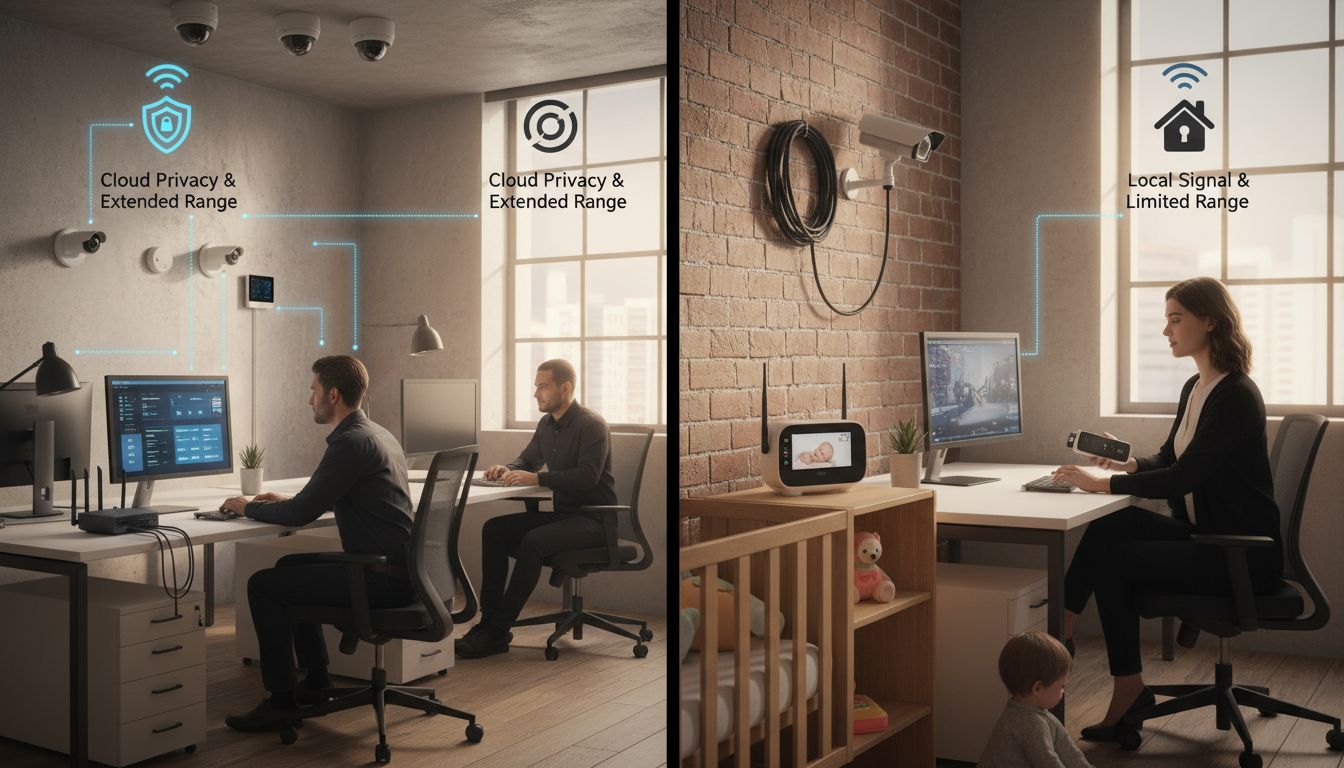
Key differences between WiFi and local monitoring systems include:
Here's a comparison of WiFi-enabled monitors and local monitoring systems:
| Feature | WiFi-Enabled Monitors | Local Monitoring Systems |
|---|---|---|
| Connectivity Range | Broad<br>entire home/building | Limited<br>single room/area |
| Setup Complexity | Moderate<br>network configuration | Simple<br>plug-and-play |
| Remote Access | Smartphone/cloud access | On-site only |
| Privacy Level | Higher risk<br>requires safeguards | High<br>no internet exposure |
| Cost | Higher upfront<br>scalable | Lower upfront<br>limited expansion |
| Scalability | Easy to expand<br>add devices | Difficult<br>hardware-bound |
- Connectivity Range: WiFi monitors offer broader network coverage
- Setup Complexity: Local systems often have simpler initial configuration
- Remote Access: WiFi monitors provide smartphone and cloud-based monitoring
- Cost Considerations: Local systems might have lower upfront expenses
- Scalability: WiFi networks can more easily expand and integrate additional devices
Wireless monitoring systems offer significant advantages in scalability and flexibility.
 Research indicates they provide a cost-effective alternative that is especially beneficial when physical access is restricted or future expansion is anticipated. By leveraging existing wireless infrastructure, these systems transform traditional monitoring approaches, enabling more comprehensive and intelligent tracking of home environments with minimal additional hardware investment.
Research indicates they provide a cost-effective alternative that is especially beneficial when physical access is restricted or future expansion is anticipated. By leveraging existing wireless infrastructure, these systems transform traditional monitoring approaches, enabling more comprehensive and intelligent tracking of home environments with minimal additional hardware investment.
How WiFi Monitoring Operates in Practice
WiFi monitoring transforms invisible wireless signals into sophisticated tracking mechanisms that capture detailed environmental insights without traditional intrusive sensors. By analyzing the unique electromagnetic patterns created by human movement and device interactions, these intelligent systems create a comprehensive understanding of home dynamics.
At its technical core, WiFi monitoring leverages channel state information (CSI) to detect and interpret spatial changes. Sophisticated algorithms extract nuanced data from WiFi signal variations, allowing systems to recognize complex patterns like breathing rhythms, human activities, and even potential health indicators. Researchers have demonstrated remarkable precision in tracking everything from subtle movements to critical care scenarios.
Key operational characteristics of WiFi monitoring include:
- Signal reflection and interference analysis
- Real-time electromagnetic pattern recognition
- Multi-dimensional data extraction
- Passive sensing without direct physical contact
- Advanced machine learning interpretation
Practical applications extend far beyond simple tracking. Advanced WiFi sensing technologies like Wi-Motion can recognize human activities with exceptional accuracy by analyzing amplitude and phase information from wireless signals. This means monitoring systems can now detect falls, track breathing rates, and understand complex environmental interactions without requiring direct camera or physical sensor placement. The result is a non-invasive, privacy-preserving approach to understanding home dynamics that feels almost like technological intuition.
Privacy and Security Concerns for WiFi Monitoring
WiFi monitoring systems introduce complex privacy challenges that demand careful consideration from users seeking to balance technological convenience with personal data protection. While these intelligent networks offer unprecedented insights, they simultaneously raise critical questions about the boundaries between helpful tracking and potential intrusion.
Researchers have identified significant privacy risks inherent in WiFi sensing technologies, particularly when monitoring vulnerable populations. The ability to detect intimate details like breathing patterns, sleep disturbances, and personal movements creates a nuanced ethical landscape where technological capability must be carefully balanced against individual privacy rights. These systems can potentially reveal deeply personal information without direct physical observation, making comprehensive security protocols essential.
Key privacy considerations for WiFi monitoring include:
- Potential for unauthorized data collection
- Risk of signal interception and unauthorized access
- Lack of clear user consent mechanisms
- Potential for unintended personal information exposure
- Challenges in establishing robust data protection standards
Effective privacy protection requires multiple layers of security. Users should prioritize monitoring systems with robust encryption, transparent data handling policies, and clear user controls. Implementing strict access controls, regularly updating system firmware, and understanding the specific data collection parameters can help mitigate potential privacy risks. The goal is creating a monitoring ecosystem that provides valuable insights while maintaining strict respect for individual privacy boundaries.
Key Benefits, Limitations, and Safer Alternatives
WiFi monitoring technologies represent a powerful yet complex ecosystem of tracking and sensing capabilities that offer remarkable insights while simultaneously presenting significant challenges for users seeking reliable and privacy-conscious solutions. Understanding the nuanced landscape of these systems requires a comprehensive examination of their potential and inherent constraints.
The primary benefits of WiFi monitoring include unprecedented flexibility, minimal hardware requirements, and the ability to gather comprehensive environmental data without intrusive physical sensors. These systems can effectively detect occupancy, track movement patterns, and provide real-time updates across various home and professional settings. However, these advantages are consistently balanced against notable limitations such as potential signal interference, variable accuracy rates, and substantial privacy concerns that can undermine their overall effectiveness.
Key considerations for WiFi monitoring include:
- Wide-ranging environmental tracking capabilities
- Low-cost implementation compared to traditional monitoring
- Reduced physical infrastructure requirements
- Potential for advanced machine learning integration
- Challenges with precise signal interpretation
Safer alternatives emphasize transparent data handling, robust encryption, and clear user consent mechanisms. Parents and caregivers should prioritize monitoring solutions that offer granular privacy controls, limited data retention policies, and comprehensive security protocols. By carefully selecting systems with built-in anonymization features and strict access controls, users can leverage the powerful insights of WiFi monitoring while maintaining rigorous personal privacy standards.
Discover Smart and Privacy-Focused Baby Monitoring Solutions Today
Managing the delicate balance between advanced WiFi monitoring technology and personal privacy can feel overwhelming. This guide highlights the challenges of signal interpretation, data security, and ethical concerns that many parents face when choosing the right monitoring system. If you are seeking clear, dependable insights to navigate between WiFi-enabled monitors and local options with a focus on privacy protection and ease of use, you are not alone.
At Baby Monitors for Parents, we understand the emotional need for a safe, reliable way to watch over your little ones without sacrificing your home’s data security. From expert reviews of top devices like the Miku Pro 2 and Nanit Pro to detailed advice on connectivity and privacy safeguards, our resources empower you to make informed decisions. Don't wait to create the secure monitoring environment your family deserves. Visit our main site now and start exploring buyer guides and comparisons tailored specifically for parents who prioritize both safety and privacy.
Frequently Asked Questions
What are the advantages of WiFi-based monitoring systems?
WiFi-based monitoring systems offer wide area coverage, non-invasive data collection, the ability to track multiple parameters simultaneously, reduced infrastructure costs, and enhanced privacy compared to traditional camera-based systems.
How do WiFi monitoring systems operate in practice?
WiFi monitoring systems analyze channel state information (CSI) to detect and interpret spatial changes caused by movements and interactions with devices, transforming electromagnetic signal patterns into actionable insights without intrusive sensors.
What are the main differences between WiFi-enabled monitors and local monitoring systems?
WiFi-enabled monitors provide broader connectivity range and allow remote access via smartphones, while local monitoring systems operate within limited areas without internet dependency and are typically easier to set up but less scalable.
What privacy concerns should I be aware of with WiFi monitoring technologies?
WiFi monitoring technologies can lead to unauthorized data collection, signal interception, and exposure of personal information. It's essential to prioritize systems with robust encryption, clear data handling policies, and strict access controls to mitigate these risks.

